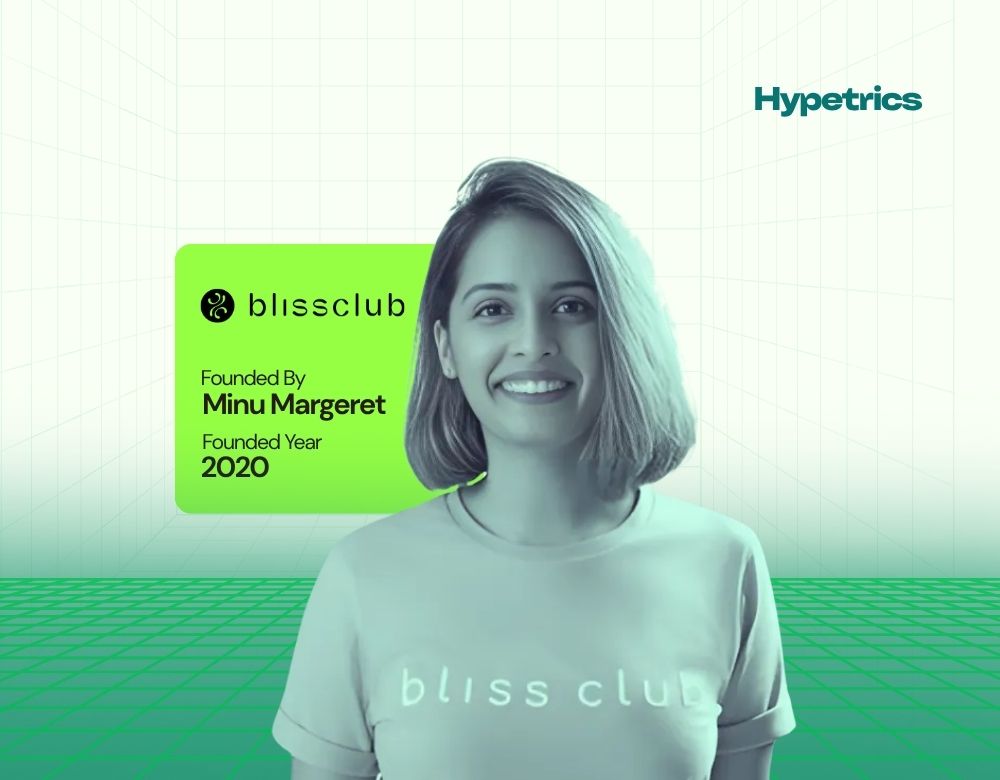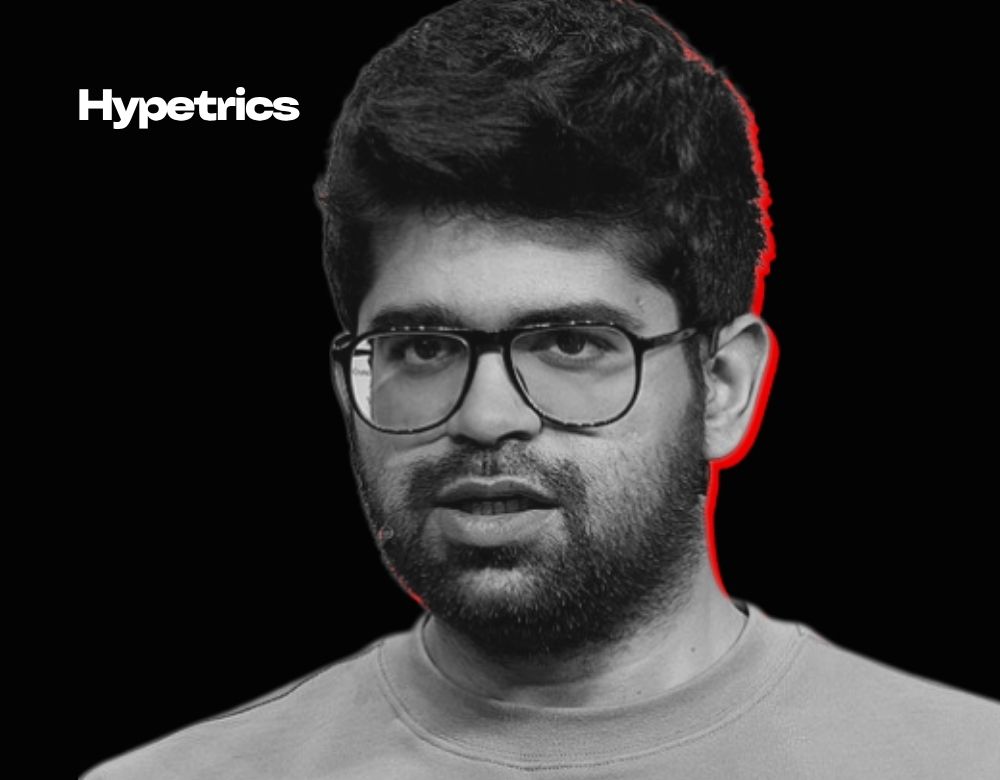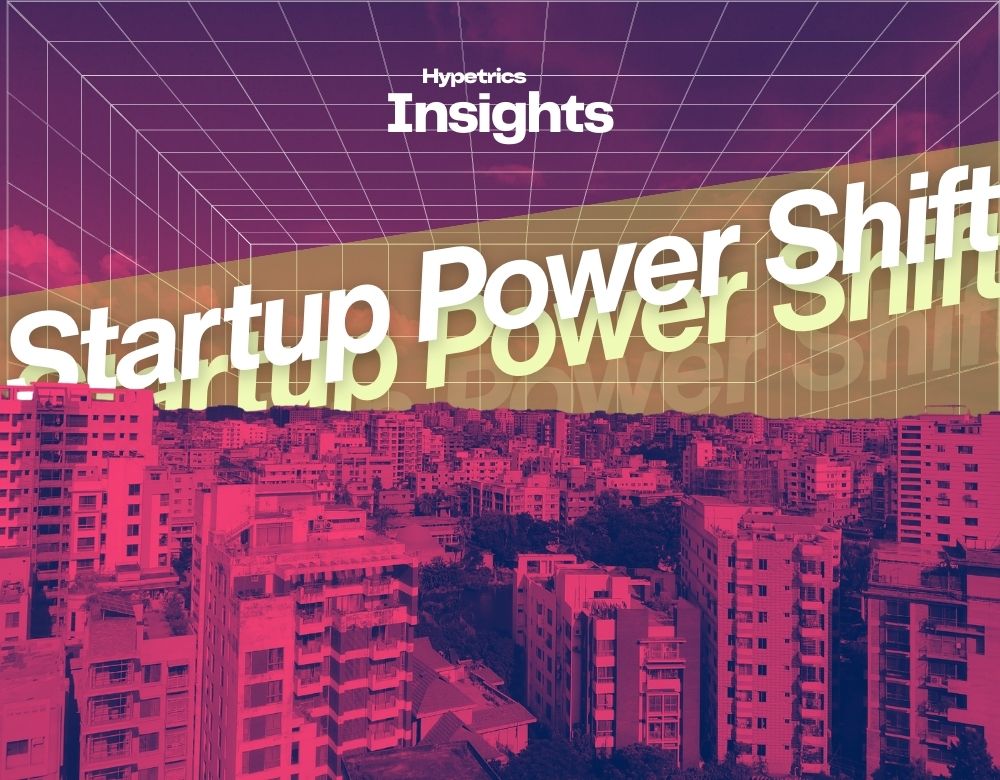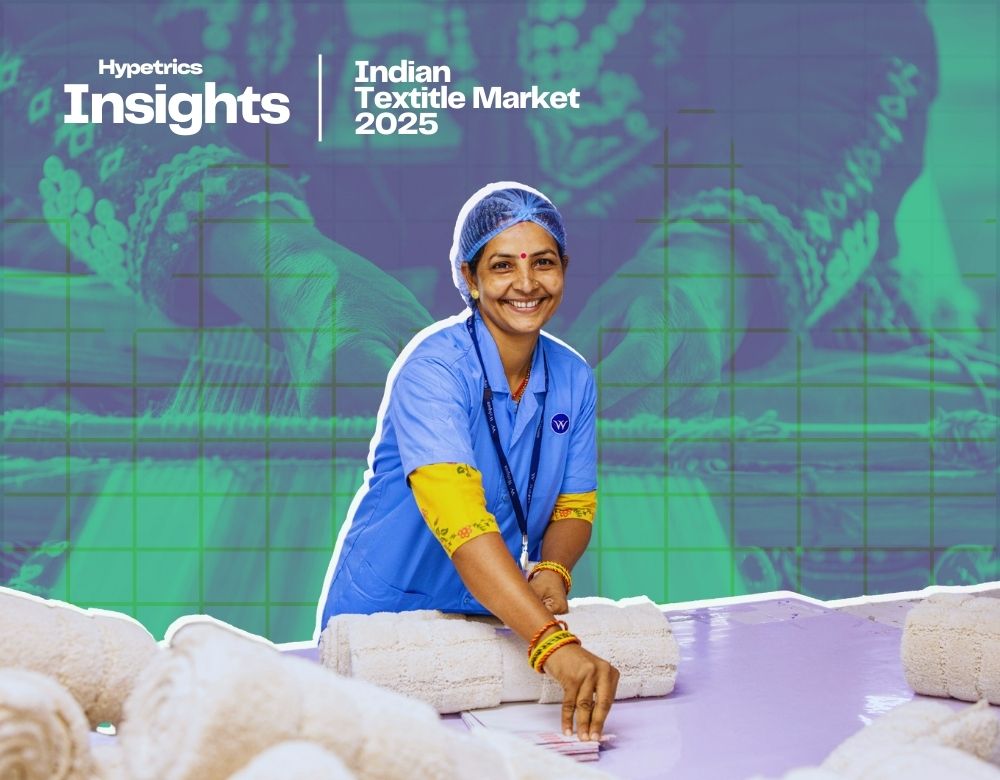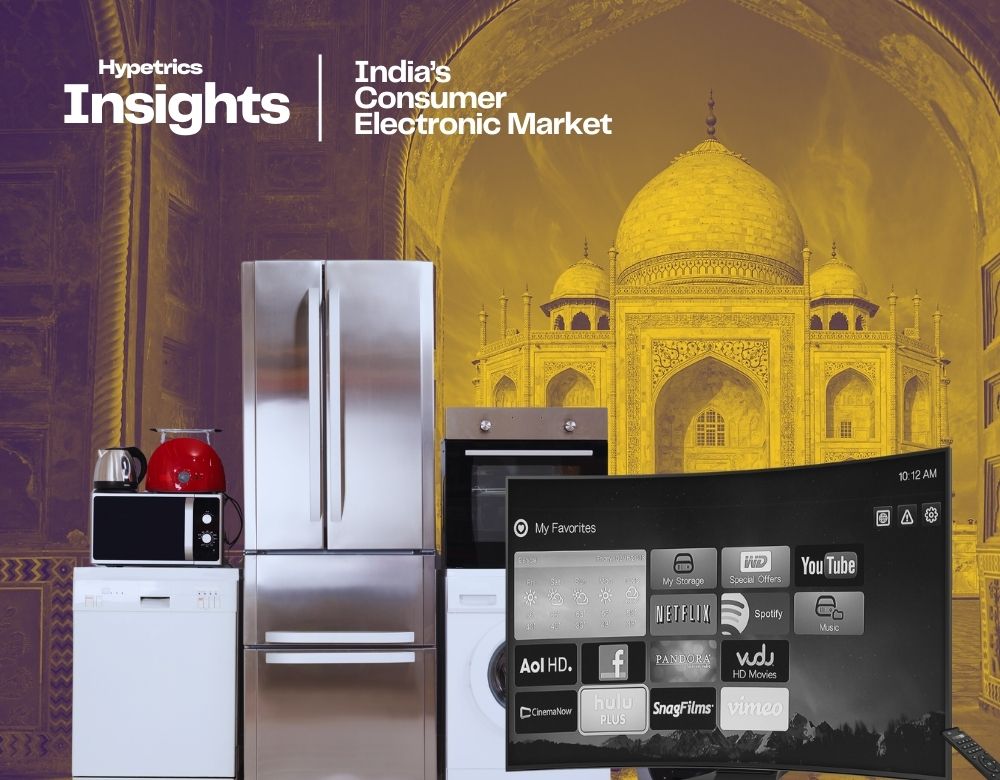In the current digital-first environment, a new digital native influencer no longer represents a new type of content creator or brand ambassador; they have become entrepreneurs, making entrepreneurial moves and launching their product lines in beauty, fashion, wellness, and technology. Having a devoted fan base and the ability to make trends even in one night, the switch between influencer and founder must not be the greatest twist. Everybody is creating a brand, from Bollywood actors to YouTube celebrities and Instagram stars. However, there is a critical question to ask based on this up-trend: is it possible to produce a lasting effect with a brand based almost entirely on the face of an influencer, or is there something more to brand success than numbers and names?
The Rise of Influencer-Led Brands
The influencer economy has become explosive in the last 10 years and is changing the approach in which products are advertised and sold. Over the past years, influencers have transformed themselves, as people no longer see them as simple endorsers but as brand builders with millions of followers and unmatched audience trust. Whether it is beauty gurus releasing lines of makeup, fitness coaches selling supplements, or gamers opening food stores, the bizarre truth is the same: as influencers no longer have to be the face of someone at all, they are more than capable of having their own. It also seems to be the best natural evolution of personal branding in this era.
Why Influencers Are Building Their Brands
Ambition is not the only factor behind the shift towards becoming an entrepreneur after establishing a successful influence. To begin with, it is a financial revolution. It seems to make no sense to take a piece of the cake by way of affiliate links and paid promotions when you may have the entire bakery. Second, influencers nowadays do not have any middlemen. They know the preferences, pitfalls and desires of their followers in a manner that is only guessable to conventional marketers. This audience’s knowledge offers an exclusive benefit because they develop a niche-tailored product, which hits home instantaneously.
The Power and Pitfalls of Personality-Led Brands
There is no doubt that influencers came in to supply a brand with built-in attention and commitment once launched. When Alia Bhatt launched Ed-a-Mamma or Deepika Padukone brought in 82 0 E, the names in themselves created an immediate traction. Likewise, the presence of the creators in the digital-first environment, such as Shantanu Deshpande, The Bombay Shaving Company or Masoom Minawala with her established fashion brand, establishes brand consideration through their fame.
But what is a strength may soon turn into a shortcoming. Brands made up of personalities find it very hard to grow bigger than the image of the founder. If the influencer is controversial, the brand is too. The brand might lose its voice in case the influencer becomes less relevant or changes the course. This builds a delicate ecosystem in a manner that the business is overly reliant on the popularity of one person.
Brand Identity Beyond the Face
Success stories in this area indicate that it is good to have a big personality leading the pack, but this is not enough. In the long run, one of the aims of an influencer-led brand should be the transformation of the initial idea “the brand of X” into a brand with its distinct identity, values, and customer base. Look at the case with Fenty Beauty, where Rihanna started promoting her line based on her popularity, yet became associated with an inclusive product line and high quality. On the same note, Kylie Cosmetics, despite the disparagement on the alleged Kardashian effect, thrived due to clever distribution, stable branding, and a product portfolio that fulfilled the promises made by the company.
This influencer needs to grow out of the brand so that it can survive. This involves strategic planning, quality assurance, product development with the focus on the customer and effective operations, which cannot be fueled by fame only.
Not All Followers Translate to Consumers
The other popular misconception is the one that says that the greater the follower base, the better the sales are secured. Fronting a fan base, though, is one thing; getting them to pay up is a whole new ball game. The customers are becoming distrustful of promotions done by influencers and can easily identify the cash-grabbing ventures. When the product is full of hype, credibility dissolves at a great rate. Effective influencer marketing is carried out using brands, where the pioneer has a real interest in the design and quality of the product, rather than marketing.
The New Blueprint: From Face to Foundation
We are in a process of change in the influencer economy. The recognisable face is the takeoff point, and sound business basics are what make one stay aloft. The second generation of successful brands will be the brands which start with influence but expand with innovation, quality, community and consistency.
A face can arouse interest, but not the load of a brand. With the audiences of the 21st century and their appreciation of the truth and quality, the product density and solidity of the business model itself, as well as who is selling it, is equally, well, maybe even more, important. The real impact of the brand is not only dependent on the person sponsoring it, but the experience that it brings.
The effect of the influencer-to-entrepreneur pipeline is certainly changing the brand landscape. Although an easy start is provided by a recognisable face, it is not a certain way of attaining sustainability. The ultimate success can be seen in the creation of a brand that cannot be associated with the person; it is supported by the ideas of genuineness, quality products, and sustainable prices. After all, it is not only about who sells, but what is sold and how it benefits the audience. People can provide the spark, but it is only substance that burns.





